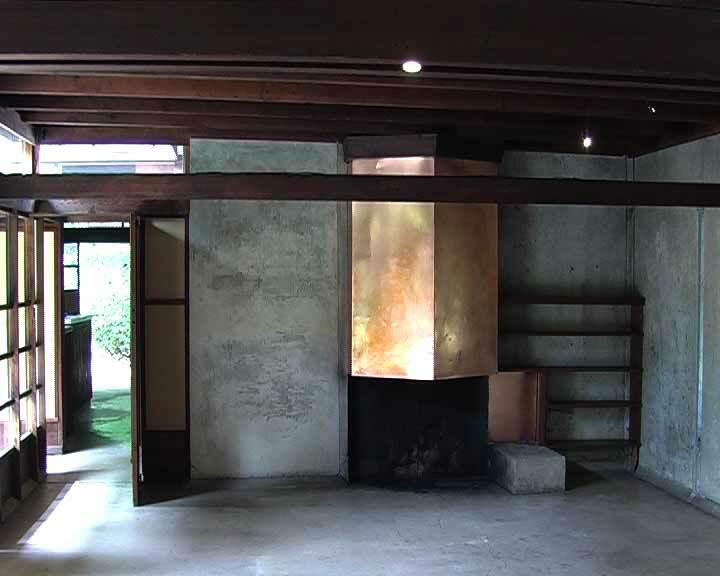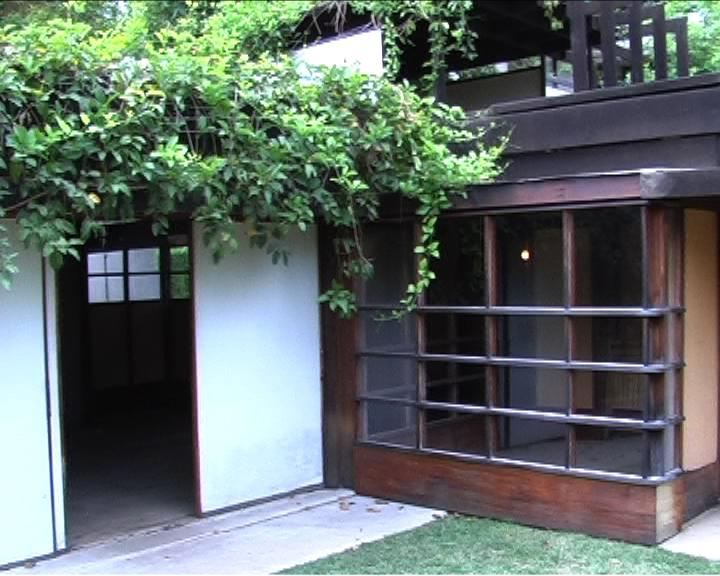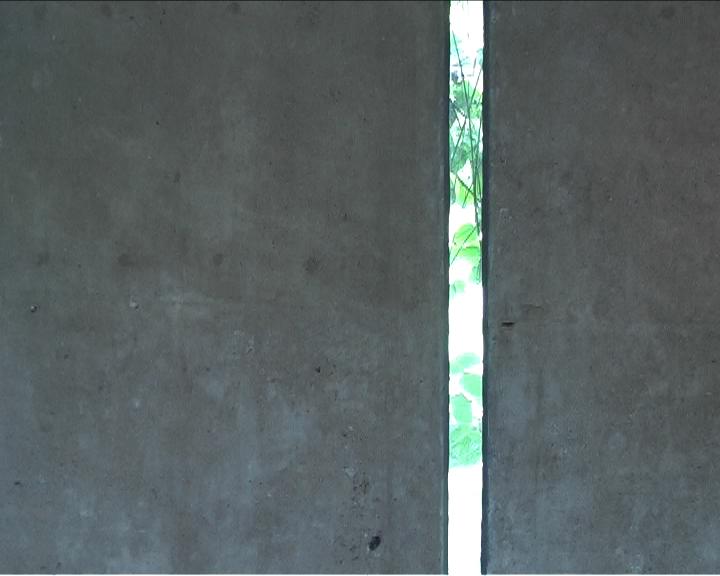Angelica Fuentes, The Schindler House
More than perhaps any other example of early Modern architecture in California, the Schindler House in Los Angeles epitomizes "architecture´s role as a critical art, either as a commentary on how we live in this city or as a model for how we might." Its claim to fame lies not only in its architectural expression of an experimental lifestyle – which was itself an attempt to transcend (social) conventions – but also in the way that it functioned as a "utilitarian object" for an aesthetic daily life practice.
These days, some 85 years since its construction, the Schindler House serves as a historic document in more than one way: as a former (private) residential space converted into a (public) "museum house," it simultaneously performs the role of being the museum´s primary showpiece. Situated between autonomy and self-referentiality, the Schindler House provides the framework for visualizing the early Modern architectural ideal of integrating art and life. As such, it plays a leading role in this timeless scenario: an ever-present heroic figure of modernity perpetually haunting the stage of its own conservation, the site of its own everyday occurrence.
The video Angelica Fuentes, The Schindler House presents two parallel narratives. A voiceover recounting the personal and private story of a woman named Angelica Fuentes is set against a sequence of images depicting the Schindler House as the self-referential museum exhibit it has now become: while Angelica Fuentes´ monologue gives an account of various stages of her life, the Schindler House is portrayed via various external views, as well as by the emptiness which the carefully furnished interior rooms convey. The camera wanders through interior spaces, past architectural details and intentionally displayed architectural substance, strays into the garden´s vegetation, then turns and reorients itself, stops and returns inside. The result is a series of visual and acoustic impressions that interweave the distant, institutional presentation of the building with narrative fragments of Angelica Fuentes´ life story. Accompanying this disjointed biography, the cautious and clumsy camera movements disrupt any analysis of the object of our gaze, causing it to disintegrate into an incoherent landscape of partial and differing images. Just as speech act and image tend to refer to one another while themselves coming undone: even as a relationship between Angelica Fuentes´ narrative and the building gradually becomes apparent, and the history of the Schindler House inserts itself into her biography again and again (and again) – virtually revived by the re-telling – there is still the fact of the institutionalization of the Schindler House to be considered, the disparity between an everyday-life and a museum-like structure, which returns in the form of a sound and image montage in the video Angelica Fuentes, The Schindler House and which casts the two narratives incongruently against each other. The dynamic of speech and image traces a difference and opens a gap in which the "nowhereness" of the representation of the commonplace can be seen, in which architecture shapes itself as social object and comes alive.
(Johannes Porsch)
Translation: Janet Grau
Following his emmigration to the USA in the 1920s, the Austrian architect Rudolph M. Schindler built the Schindler House in West Hollywood. In this essay film, the building serves as a backdrop for the narration of yet another immigrant story - the story of a Mexican family that has lived in the guest house for many years and called the architectural icon their home.
(Sasha Pirker)
Angelica Fuentes, The Schindler House
2008
Austria
10 min 16 sec



